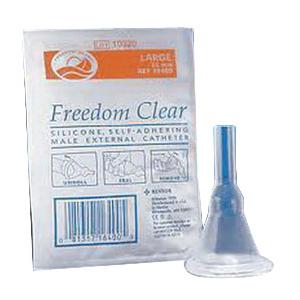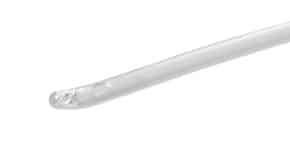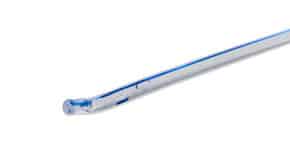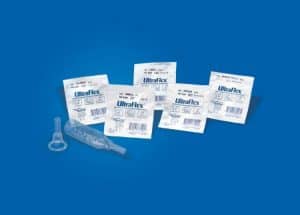The central nervous system consists of the brain, the spinal cord, and many nerves in between. It is responsible for many of the functions within our bodies. When the brain and the nervous system are not properly communicating, or there is damage to these nerves, messages that are supposed to be sent to and from the brain are disrupted. In neurogenic bladder, the nerves do not work the way that they should. Find out more about this condition, including symptoms, risk factors, and potential treatment options.
What is neurogenic bladder?
Neurogenic Bladder (NGB) happens when conditions related to the brain, spinal cord, or central nervous system affect the bladder. Under normal conditions, the bladder communicates with the brain to hold or release urine. When the nerves that control this communication are disrupted, the bladder becomes either overactive or underactive, depending on the nature of the damage. This condition occurs when neurological issues interrupt these critical messages, causing the bladder to malfunction.
The two different types of neurogenic bladder are:
Overactive bladder
Overactive bladder (OAB) causes you to have little or no control over your urination. It can also cause you to feel a sudden urge or frequent need to urinate.
Underactive bladder
Underactive bladder (UAB) occurs when your bladder muscles are unable to hold urine. The brain fails to send the proper nerve signals, and the ability to sense when your bladder is full or when to empty it is lost, leading to urine leakage.
What are the symptoms of neurogenic bladder?
 The symptoms of neurogenic bladder depend on what is causing the condition. The most common symptom of NGB is the inability to control urination. You can either lose control over your ability to urinate (overactive bladder or OAB) or are unable to empty the bladder fully, or have slow bladder emptying (underactive bladder or UAB).
The symptoms of neurogenic bladder depend on what is causing the condition. The most common symptom of NGB is the inability to control urination. You can either lose control over your ability to urinate (overactive bladder or OAB) or are unable to empty the bladder fully, or have slow bladder emptying (underactive bladder or UAB).
Other symptoms of NGB may include:
Urinary Tract Infection
A urinary tract infection (UTI) is often one of the first signs. Those with overactive and underactive bladder often experience repeated urinary tract infections. UTIs are caused by harmful bacteria, viruses, or yeast growing in the urinary tract.
Urine Leakage
Urinary incontinence happens when the bladder muscles may be overactive and squeeze more often than regular, leading to urine leaks. You may leak just a few drops of urine, or you may expel a large amount of urine. This urine leakage can happen at any time of the day or night.
Urine Dribbles
With underactive bladder symptoms, you may only dribble a little bit of urine. You may not be able to empty your bladder fully or may not be able to empty your bladder at all. Urine dribbles are most common in those with diabetes, MS, or who have had major pelvic or bladder surgery. The sphincter muscles around the urethra may not work correctly, or they may stay constricted when trying to empty your bladder.
Frequent Urination
Feeling the sudden urge to pass urine often may happen to those with overactive bladder. Frequent urination is passing urine more than eight times in 24 hours. After feeling the sudden urge to urinate, some experience urine leaks, which can be a few drops or a more significant amount.
It is critical to contact your doctor if you have these symptoms or others that are related to urinating. More harm to the urinary system may happen by leaving signs and symptoms to progress without proper medical treatment.
Who is at risk for neurogenic bladder?
Neurogenic bladder can be from a congenital disability or caused by a brain disorder or bladder nerve damage. Whatever the cause may be, the nerves that communicate between the brain and the bladder are not working correctly.
Congenital disabilities that can cause neurogenic bladder include:
Spina bifida
When a fetus’ spine does not fully develop during the first month of pregnancy, Spina bifida occurs. After birth, babies often have weakness or paralysis that affects the bladder and how it works.
Sacral agenesis
Sacral agenesis is a congenital condition in which parts or all of the sacrum and lower spine are missing.
Cerebral palsy
Cerebral palsy is a group of chronic disorders that affect a person’s ability to control body movement and posture. These disorders result from injury to the motor areas of the brain. Cerebral refers to the brain, and palsy refers to weakened muscles. Cerebral palsy may occur in the womb or after birth and is not always diagnosed in the first year of life.
Various other medical conditions and brain disorders that can cause neurogenic bladder include the following:
- Stroke
- Parkinson’s disease
- Alzheimer’s disease
- Multiple sclerosis
- Spinal cord injuries
- Erectile dysfunction
- Trauma/accidents
- Central nervous system tumors
- Heavy metal poisoning
If your doctor thinks you might have a neurogenic bladder, they will perform or order nervous system and bladder muscles tests. By treating the underlying condition, symptoms can often be reduced.
How is Neurogenic Bladder Diagnosed?
Various tests can help determine the health of the central nervous system and the bladder for a doctor to determine if neurogenic bladder is the diagnosis.
Some of the typical testing a doctor may perform or order includes:
Medical history
Your health care provider may ask you several questions to understand your medical history. These questions may include:
- Symptoms you are having, how long you have had them, and how they are changing your life
- Information about your past and current health problems
- A list of the over-the-counter and prescription drugs you are taking
- How your diet is and about how many liquids you drink during an average day
Physical exam
A physical exam may help your doctor better understand what might be causing your symptoms. The physical exam will likely include your abdomen, pelvis or prostate, and rectum.
Urine culture
A sample of your urine is tested for blood or infection when asked for a urine culture.
Bladder scan
A bladder scan is an ultrasound that shows the amount of urine remaining in the bladder after using the restroom.
 Bladder diary
Bladder diary
You may be asked to keep a bladder diary to track how often you are using the restroom or leaking each day. By keeping a bladder diary for a couple of weeks, your doctor and you can sit down to discuss and learn more about your daily symptoms.
You can download and print your bladder diary here: Bladder Diary
Cystoscopy
A catheter with a tiny camera is inserted into the urethra during a cystoscopy to look into the bladder. This procedure can help the doctor diagnose urinary problems and determine what treatment is necessary. The test can tell how much the bladder can hold, how elastic it is, and when you feel the need to release urine. Bladder cancer, an enlarged prostate, and UTIs can all be found during a cystoscopy.
Other imaging
Your doctor may need to do additional imaging tests such as x-rays and CT scans to help diagnose your condition. Your doctor may also refer you to a specialist for imaging of the spine and brain.
How is Neurogenic Bladder Treated?
Treatment for neurogenic bladder is dependent on what is causing your symptoms and how serious they are. Manufacturers in the medical industry continue to release new inventions to help improve bladder control. The most popular surgery for both men and women is bladder sling surgery. Your doctor may consider these procedures when helping you determine what may work best for you. The goal of the treatment chosen by you and your doctor is to control the symptoms and prevent damage to the kidneys.
Currently, there is no cure for neurogenic bladder, but these are some options your doctor may recommend as treatments to help manage your symptoms:
 Bladder training
Bladder training
Kegel exercises can help strengthen your pelvic floor muscles. Since these muscles support your bowel and bladder, practicing these exercises can help prevent urinary leakage. To learn more about Kegel exercises for pelvic floor health, visit our blog post, Take Control of Your Pelvic Floor Disorder.
Delay urination
By waiting a few minutes after you feel the urge to urinate, you are practicing delayed voiding. The goal of delaying urination is to extend this time to a few hours in another attempt to train your bladder.
Urinate on a schedule
By urinating at certain times throughout the day, you might avoid, which can help prevent your bladder from becoming too full. Your doctor may also ask you to keep a bladder diary or journal to record any leakage incidents. A bladder diary can help you determine the best intervals for urinating.
Incontinence products
Incontinence products such as protective underwear, pads, panty shields, panty liners, and adult diapers can help prevent wetness and odors while protecting skin and clothing. The use of underpads, bed pads, chux, and mattress protectors can protect mattresses.
Intermittent catheterization
Your doctor may recommend intermittent catheterization to ensure complete bladder emptying. You may need to self-catheterize a few times a day; however, the catheter may need to stay in long-term in some instances. A variety of intermittent catheters are available to ensure the experience is as smooth and comfortable as possible.
Medication
Your doctor can prescribe medications to help improve bladder function. Specific medicines for neurogenic bladder depend on if your bladder is overactive, underactive, or both.
 Change of lifestyle and diet
Change of lifestyle and diet
Making a few lifestyle changes might be a good first step for those with minor nerve damage. Maintaining a healthy weight can reduce pressure on the bladder and help relieve symptoms of overactive bladder. Avoiding foods and beverages such as the following can also help reduce or prevent irritating your system:
- Caffeine
- Alcohol
- Spicy foods
- Dairy
- Chocolate
- Artificial sweeteners
- Citrus fruits
- Fruit juices
Electrical stimulation
Another treatment option is electrical stimulation therapy. This therapy involves placing small electrodes on the bladder. When stimulated, the electrodes can send impulses to the brain, telling it you need to urinate.
Botox for OAB
Botox works by stopping the nerve signals to the bladder muscles that trigger OAB. The entire procedure is outpatient and typically done in a doctor’s office. Your doctor will fill your bladder with a numbing agent. Once the bladder is numb, a cystoscope is inserted through the urethra, and Botox is injected into multiple strategic points of the bladder muscle. Your doctor will discuss Botox as a treatment for neurogenic bladder if you are intolerant to all other medications and treatment options.
Surgery
If other treatments fail, you could require a procedure or device to help you urinate. Your doctor can insert an artificial sphincter into your body that compresses the urethra to prevent urinary leakage, which can be manually released to allow emptying of the bladder. Other surgical options include bladder reconstruction surgery which may help with bladder control, or undergoing urostomy surgery. With a urostomy, the ureters are attached to a small portion of the ilium that is then used to create a stoma. A urostomy pouch is then be used to collect and discard urine from the body.
At Personally Delivered, we carry a wide range of incontinence products, catheters, ostomy supplies, and more to manage various symptoms from medical conditions. For help choosing the products, you need for your unique situation, give us a call. One of our compassionate, knowledgeable, and friendly Product Experts is ready to assist.
Popular Medical Supplies at Personally Delivered
Disclaimer: Important Notice Regarding Medical Advice
The information provided in this blog is intended for general informational purposes only and should not be considered a substitute for professional medical advice, diagnosis, or treatment.



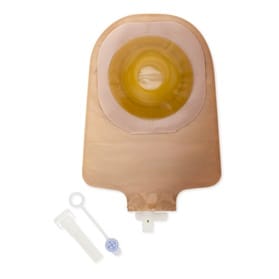








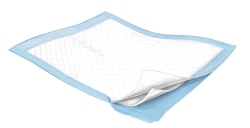
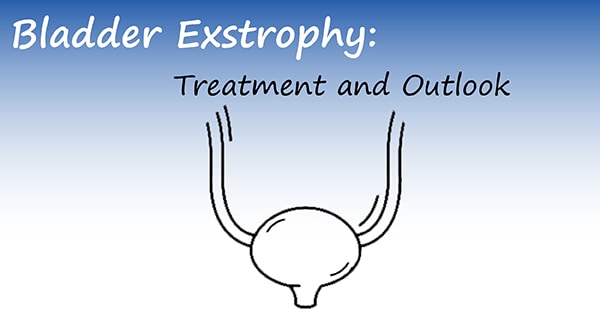


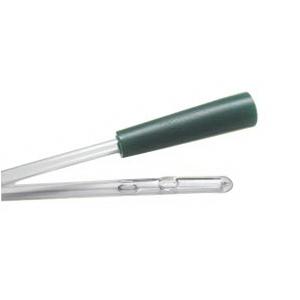
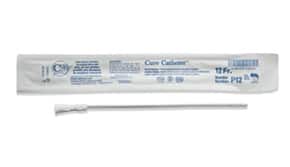
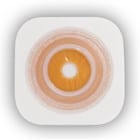





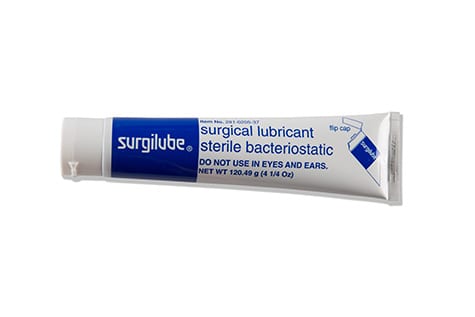

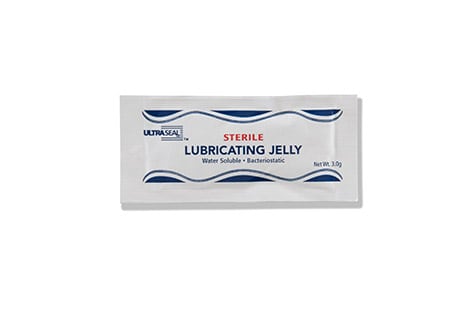

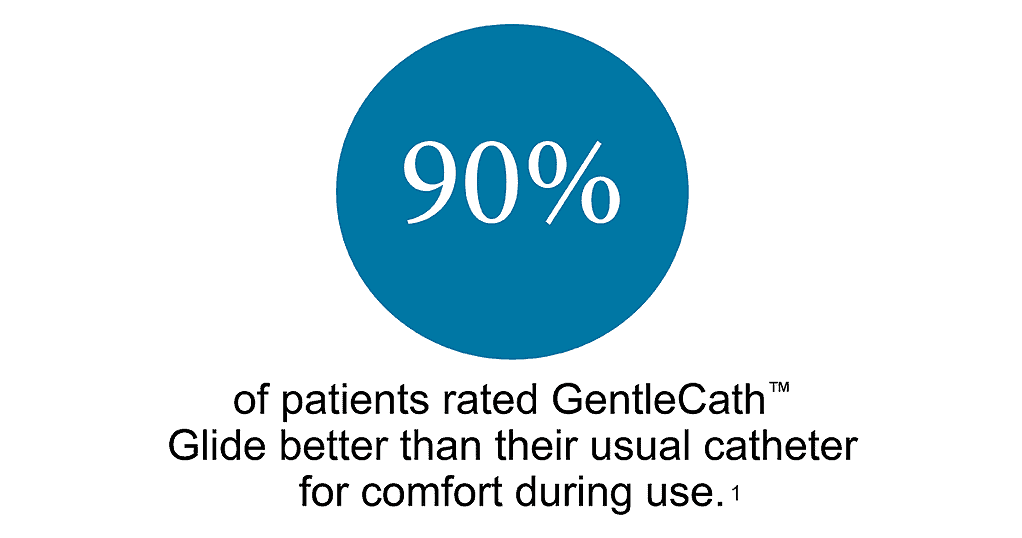
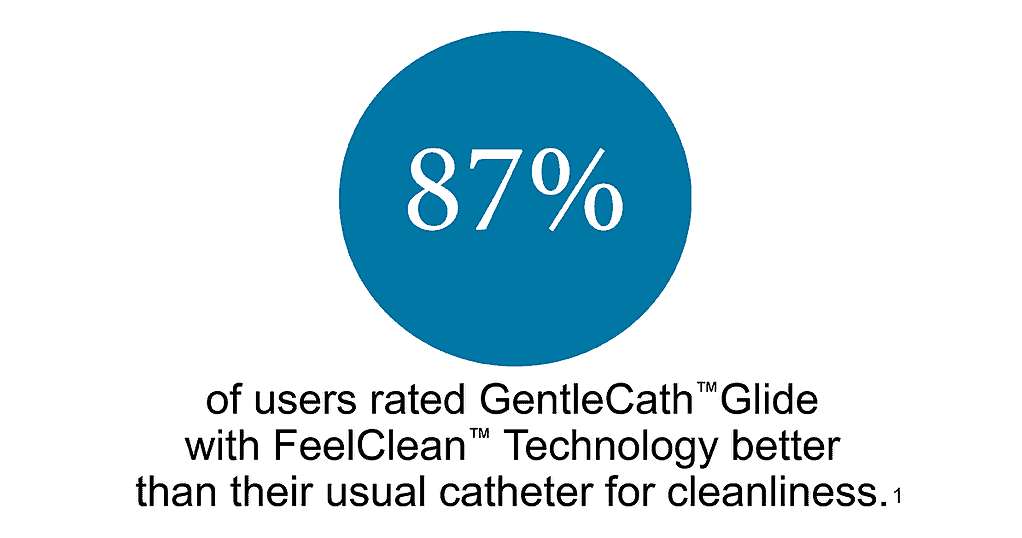
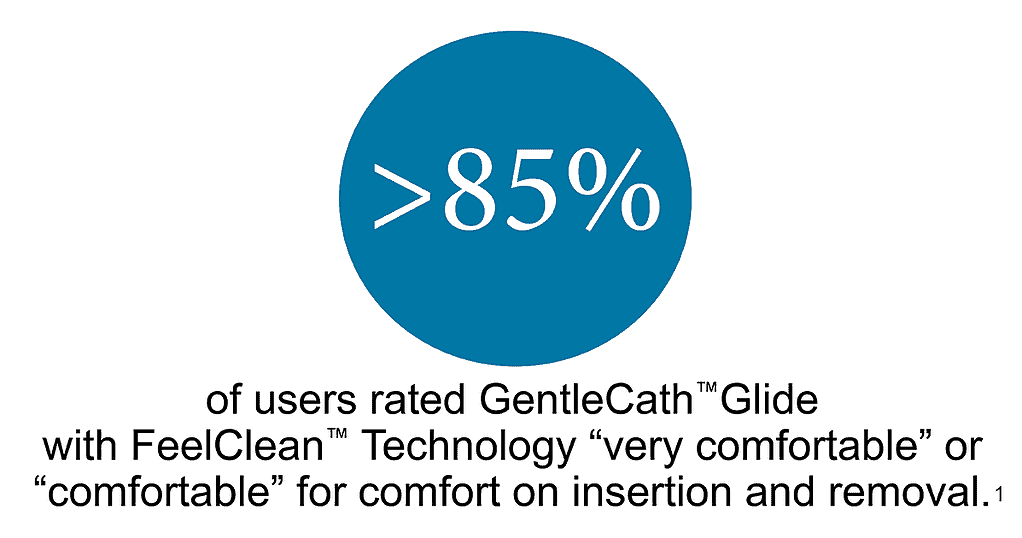


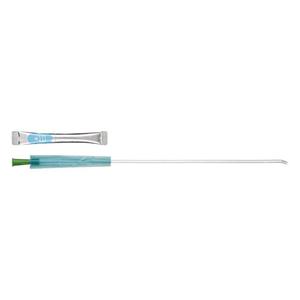
















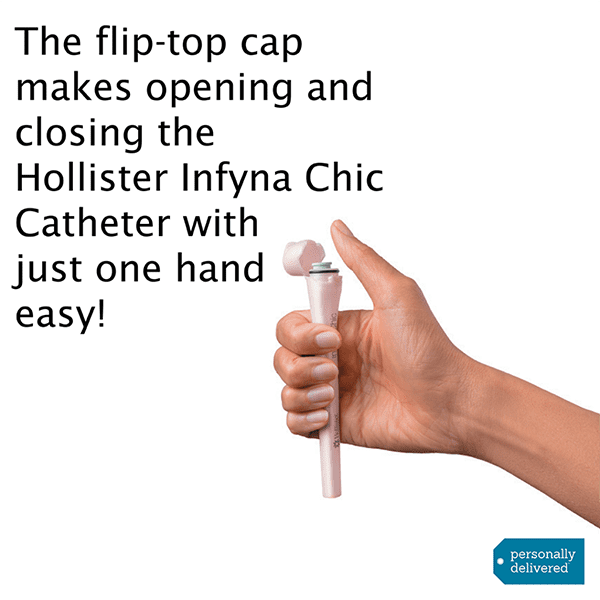
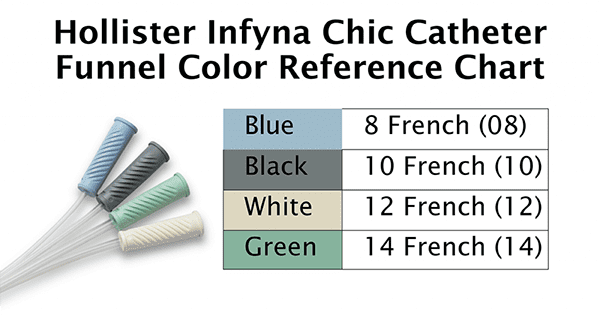

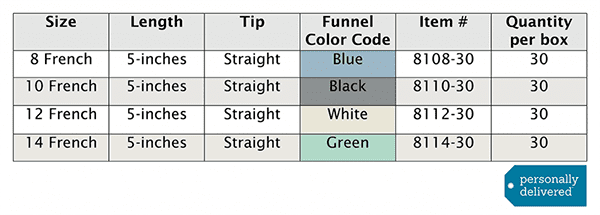
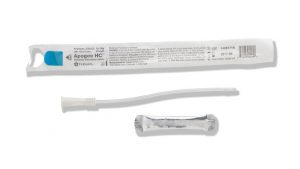
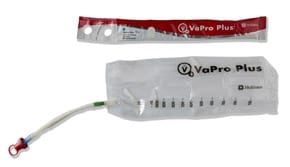
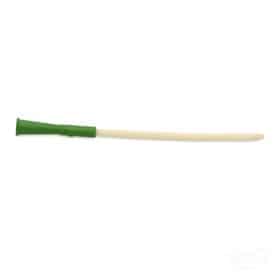
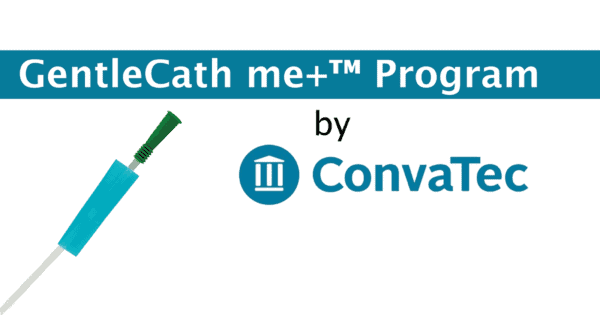
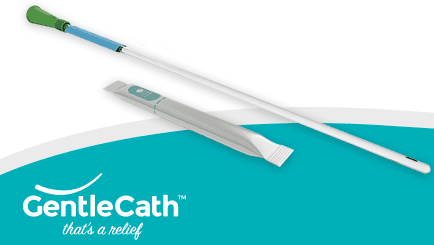




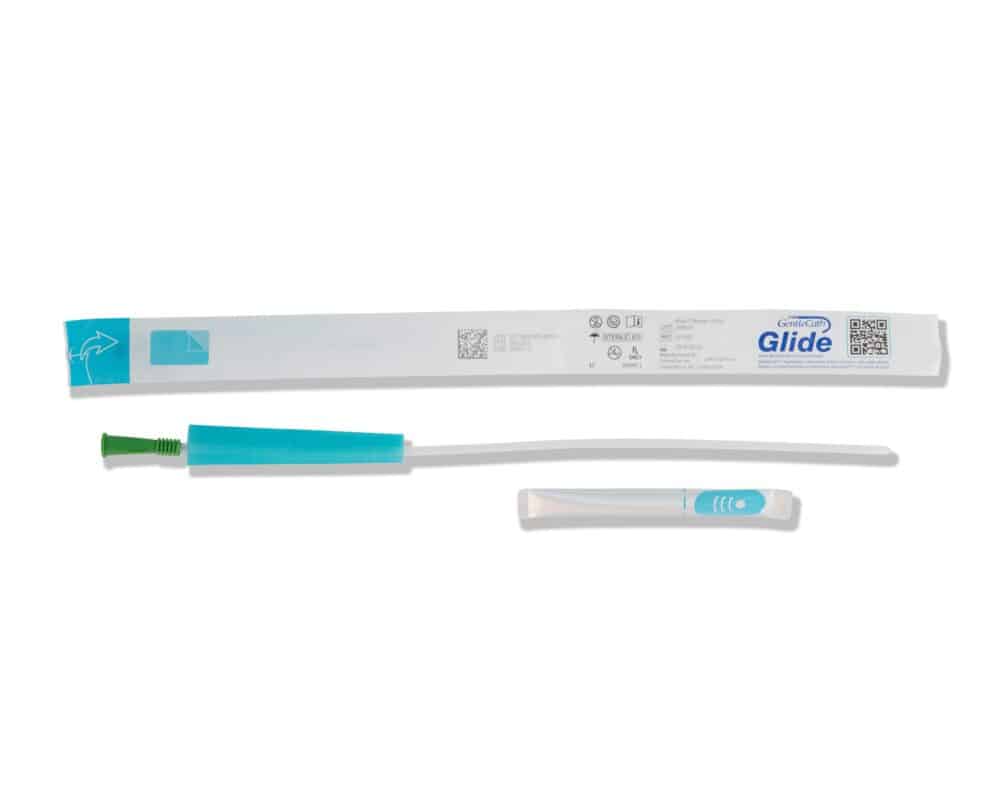
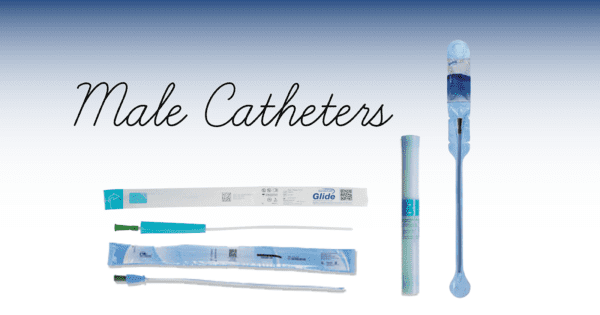
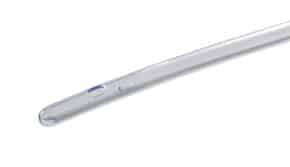


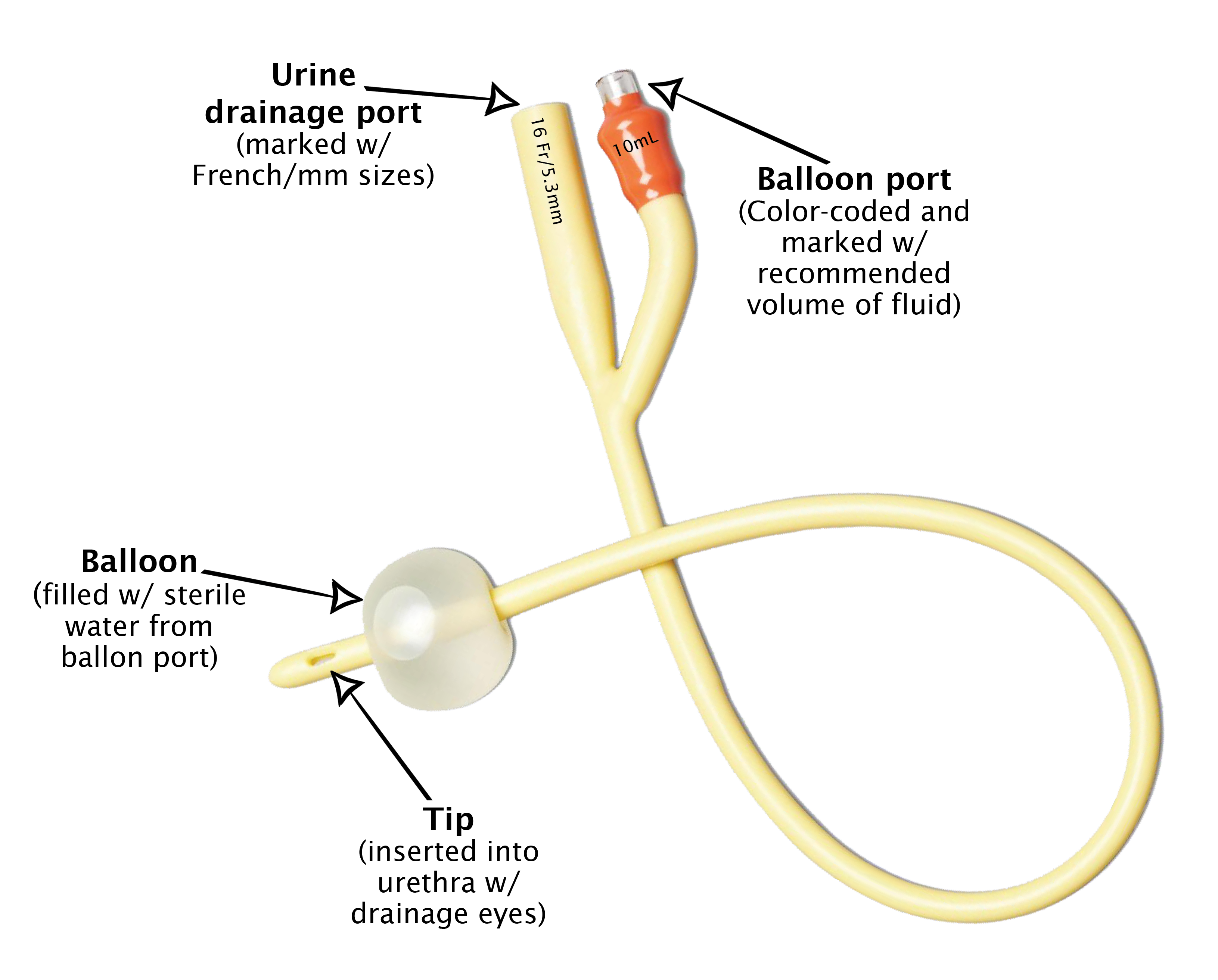 Indwelling Foley catheters
Indwelling Foley catheters